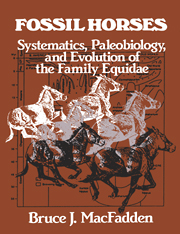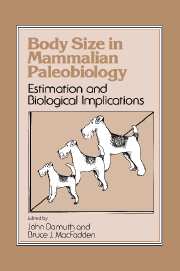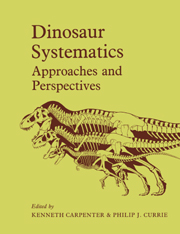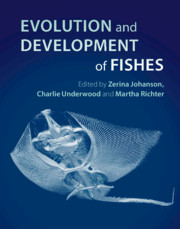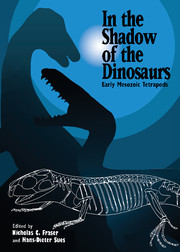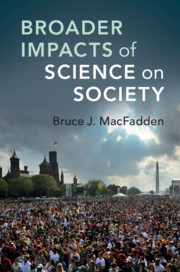Fossil Horses
The family Equidae have an extensive fossil record spanning the last 58 million years, and the evolution of the horse has frequently been used as a classic example of long-term evolution. In recent years, however, there have been many important discoveries of fossil horses, and these, in conjunction with such new methods as cladistics, and techniques like precise geochronology, have allowed us to achieve a much greater understanding of the evolution and biology of this important group. This book synthesizes the large body of data and research relevant to an understanding of fossil horses from several disciplines including biology, geology and palaeontology. Using horses as the central theme, the author weaves together in the text such topics as modern geochronology, palaeobiogeography, climate change, evolution and extinction, functional morphology, and population biology during the Cenozoic period.
- Completely up-to-date account of fossil horses
- Excellent clear description of the facts and theory
Reviews & endorsements
"...this book will be widely read and discussed by students of evolution in general. Even creationists ought to read it; they could learn something by its spirit of inquiry." Malcolm C. McKenna, Science
"...a timely and readable text, a good advertisement for the biological fruits that the paleontological tree can bear." Nature
"Fossil Horses is excellent, giving a clear description of the known and complicated facts, plus a deep and satisfying discussion of the philosophical issues--orthogenesis, punctuated equilibrium, the role of variance (splitting of habitats) in the creation of new species, and so on. If evolution interests you or if you are a biologist with a penchant for horses, then this is the one to buy." Colin Tudge, New Scientist
"...is excellent, giving a clear description of the known and complicated facts, plus a deep and satisfying discussion of the philosophical issues..." Colin Tudge, New Scientist
"...an excellent revision, quite readable, interesting and with many pages of references." Leonard T. Boyer, Paleontological Notes
"If the success of a book is to be measured by the number of pro and con comments and expletives penciled into the margins by readers, then my copy suggests that this book will be widely read and discussed by students of evolution in general. Even creationists ought to read it; they could learn something from its spirit of inquiry." Malcolm C. McKenna, Science
"...a scholarly account of horse evolution, bringing fossil horses back to life with his vivid analyses of the evidence and setting it all in the context of current ideas in palaeobiology. The book will surely stand as a worthy successor to the late George Gaylord Simpson's famous book Horses, now over 40 years old, and it deserves to become equally popular." Bob Savage, Times Higher Education Supplement
"This well-written text provides paleontologists and nonprofessionals a thorough view of the types of questions that can be asked and initially answered by examination of an excellent fossil." D. Bardack, Choice
"...a timely and readable text, a good advertisement for the biological fruits that the palaeontological tree can bear." Adrian Lister, Nature
"...a very thorough study of fossil horse taxonomy, geochronology, biogeography, evolution and ecology, and anatomy and behavior that begins with the earliest recognizable horse, and ends with the evolution of the genus Equus...a useful...general reference..." David J. Meltzer, Geoarchaeology
Product details
June 1994Paperback
9780521477086
384 pages
253 × 178 × 18 mm
0.64kg
171 b/w illus. 5 tables
Available
Table of Contents
- Preface
- 1. Introduction: why study fossil horses?
- 2. A renaissance in paleontology
- 3. Orthogenesis and scientific thought: old notions die hard
- 4. Collections, museums, and exceptional discoveries
- 5. Systematics and phylogeny: Ungulata, Perissodactyla, and Equidae
- 6. Isotopes, magnetic reversals, fossils, and geological time
- 7. Ancient geography, changing climates, dispersal, and vicariance
- 8. Evolutionary processes: Variation, speciation, and extinction
- 9. Rates of morphological and taxonomic evolution
- 10. Trends, laws, direction, and progress in evolution
- 11. What's the use? functional morphology of feeding and locomotion
- 12. Population dynamics, behavioral ecology, and 'paleoethology'
- 13. Fifty-eight million years of community evolution
- 14. Epilogue: summary and perspective
- Appendix
- References
- Subject index
- Taxonomic index.

